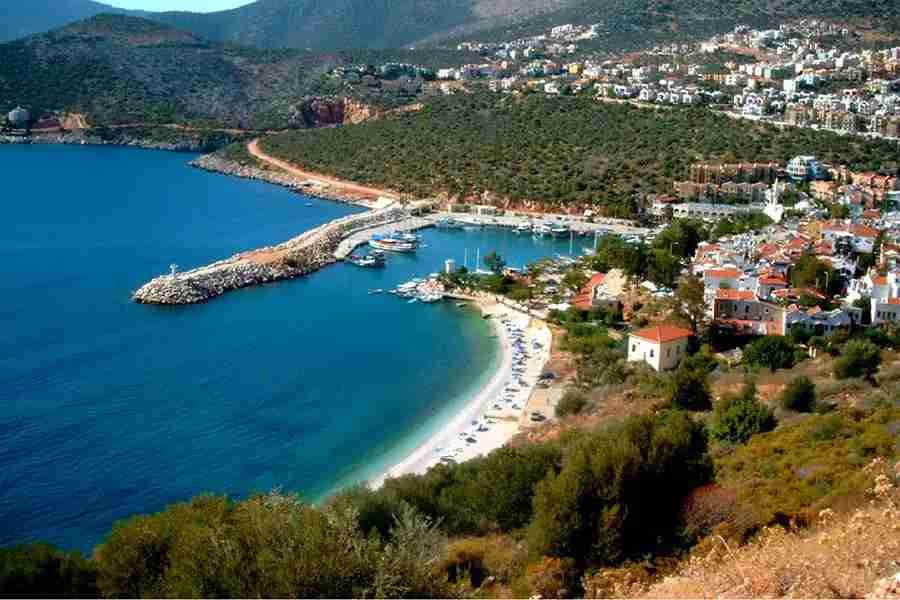Ever wondered where Istanbul is and why it has captivated explorers, emperors, and artists for centuries?
Nestled strategically between two continents, Istanbul is not just a city; it’s a captivating intersection of worlds that blends the grandeur of the past with the pulse of modernity.
Its location straddling both Europe and Asia makes it one of the most unique cities on the planet, where every street and skyline tells a story of a city that bridges cultures, epochs, and continents.
Join us as we unravel the fascinating question: where is Istanbul, and what makes its location so extraordinary?
Geographical Marvel
So, where is Istanbul exactly? Positioned at the junction of Europe and Asia, Istanbul is uniquely situated across the Bosphorus Strait, which serves as a natural divider between the two continents. This strategic location has historically made Istanbul a crucial hub for trade, culture, and diplomacy. The city’s European side is home to the historic peninsula, which includes the famed Sultanahmet area, while its Asian side, known as Anatolian Istanbul, offers a more laid-back yet equally vibrant atmosphere.
The Bosphorus Strait itself is a stunning geographical feature, stretching approximately 30 kilometers and connecting the Black Sea to the Sea of Marmara. This narrow waterway not only serves as a crucial maritime route but also as a breathtaking natural boundary that gives Istanbul its unique identity.
As you cruise along the Bosphorus, you can witness the mesmerizing blend of lush green hills, historic palaces, and modern skyscrapers that define the cityscape.
Historical Significance
The question of where Istanbul is cannot be answered without delving into its rich historical context.
Istanbul was once known as Byzantium and later Constantinople, making it one of the most historically significant cities in the world. Its strategic location has made it a coveted prize for various empires, including the Greeks, Romans, Byzantines, and Ottomans.
Each empire left its mark on the city’s architecture and culture. The Hagia Sophia, initially a Byzantine cathedral and later an Ottoman mosque, stands as a testament to the city’s transformative history.
The Topkapi Palace, the former residence of Ottoman sultans, further illustrates the city’s role as a political and cultural epicenter. The layers of history embedded in Istanbul’s streets offer a tangible connection to the past, making it a living museum where history comes alive.
Cultural Fusion
So, where is Istanbul in terms of its cultural landscape? Istanbul is a melting pot of cultures, reflecting the diverse influences that have shaped its identity over millennia. The city’s strategic location has fostered a rich cultural exchange between East and West, resulting in a vibrant tapestry of traditions, languages, and cuisines.
From the bustling Grand Bazaar to the tranquil gardens of the Sultanahmet district, Istanbul offers a sensory feast for visitors. The city’s culinary scene is a perfect example of this cultural fusion.
You can savor everything from traditional Turkish delights and kebabs to international flavors that reflect Istanbul’s cosmopolitan nature. The vibrant arts scene, with its mix of traditional Turkish performances and modern artistic expressions, further exemplifies the city’s dynamic cultural fabric.
Conclusion
Understanding where Istanbul is involves more than just pinpointing its geographical location; it’s about appreciating the rich historical, cultural, and strategic significance that makes the city so extraordinary.
As a bridge between Europe and Asia, Istanbul stands as a testament to the power of geography in shaping human civilization. Whether you’re drawn by its historical landmarks, its cultural diversity, or its stunning natural beauty, Istanbul’s unique location offers a gateway to a world where East and West seamlessly converge.
.webp&w=3840&q=100)














